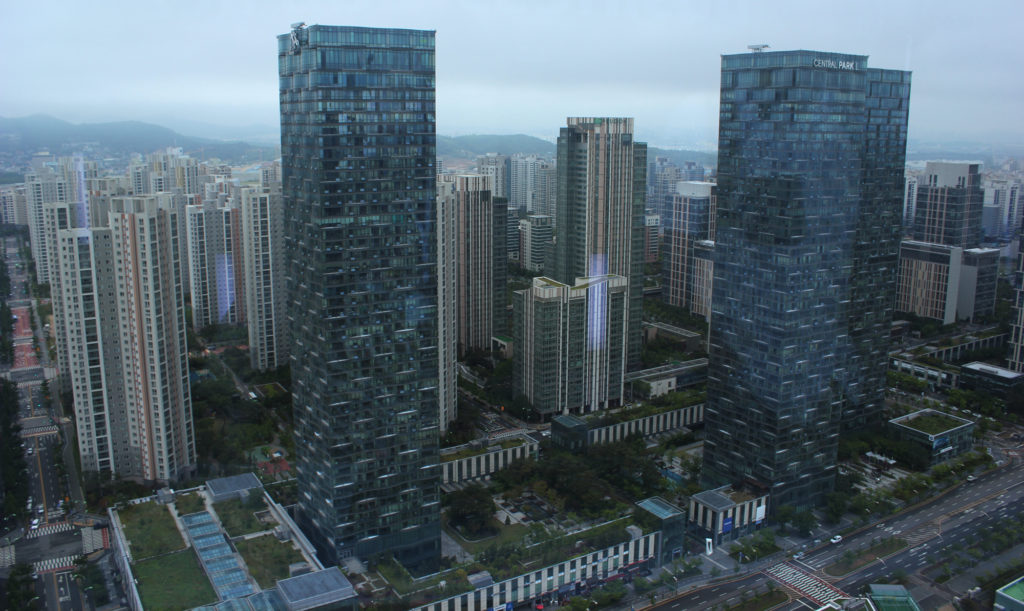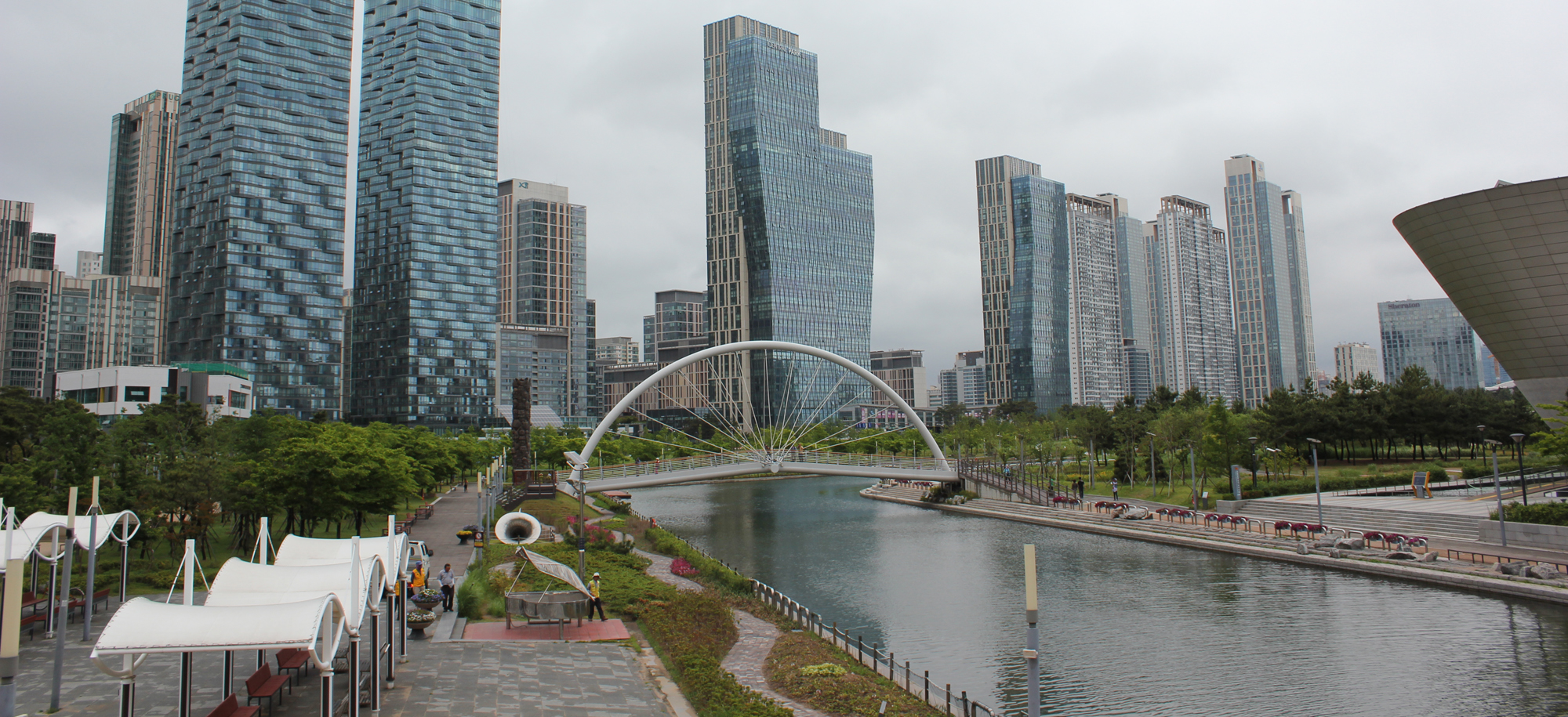
NewCities Summit Day One: Connecting Citizens and Governance for Urban Wellbeing
juin 9, 2017 — Uncategorized
The heart of a thriving city is its people. The health, wellbeing, and happiness of the global citizen were the core of day one at the 2017 NewCities Summit, which launched a series of dynamic conversations on urban wellbeing and its vital role in the success of cities. “To thrive #cities must become ecosystems of health and wellbeing,” stated John Rossant, NewCities Chairman, in his opening remarks, “the focus must shift to cities people want to live in”. Perspectives from around the globe and across the spectrum of urban leadership explored this topic of urban wellbeing through panels, workshops, and roundtables.
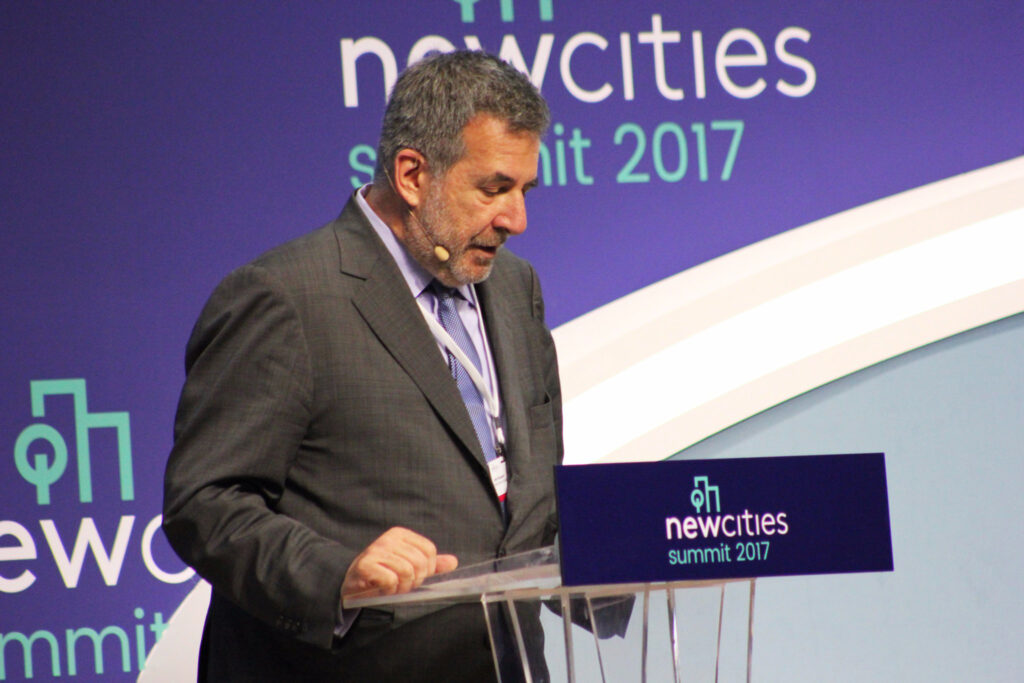
The initial panel, which set the tone for the day’s conversation, featured Vera Baboun, Mayor of Bethlehem, Ede Jorge Ijjasz-Vasquez, Senior Director of the Social, Urban, Rural and Resilience Global Practice at the World Bank, and Michel Mossessian, Founder and Design Principal of Mossessian Architects. All defined urban wellbeing and contextualized it in the Middle East, South America, and Europe respectively. The shared conclusion is that urban wellbeing looks beyond health, reaching more deeply into a city’s consciousness and inclusivity.
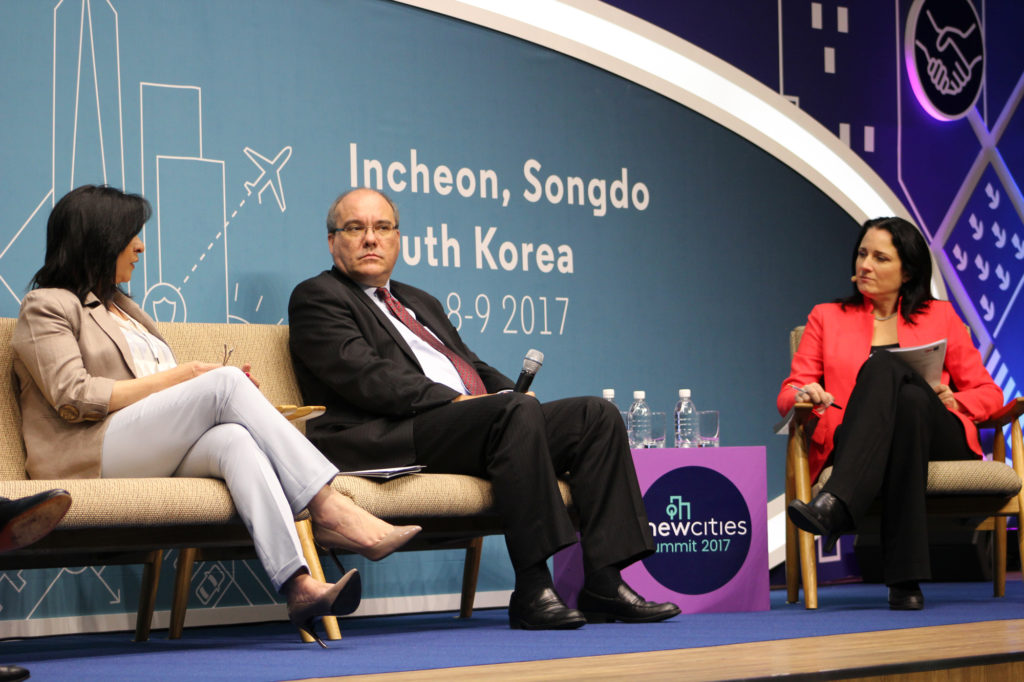
The day developed into an important conversation on the relationship between a city’s citizens and its governance. These parties have the potential to both clash and collaborate, the focus was on how to facilitate the latter. In “The Crowdsourced City” Chris Gourlay, Founder and CEO of Spacehive emphasized the importance of “getting the balance right between strategic leadership and the involvement of the citizens”. Constructive debate ensued with panelists Christopher Cabaldon, Mayor of West Sacramento, Eve Picker, Founder of Small Change, and Mizah Rahman, Director and Co-founder of Participate in Design on how to get that balance just right.
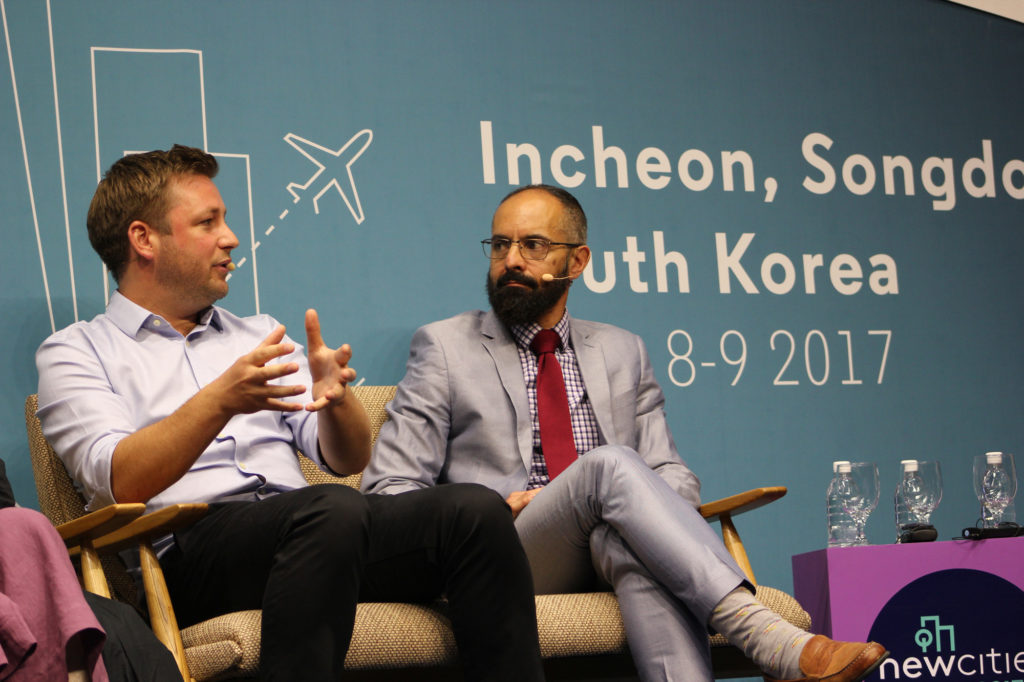
This relationship between citizen and city is about balance, but this balance is made possible through connection. How can citizens connect to their city? For several speakers, the bridge is technology. For Lianne Dalziel, Mayor of Christchurch, social media provides instant, ongoing, and honest feedback on the urban sphere. Shaishav Dharia, Regional CEO of Palava City cited Facebook as a two-way line of communication between people and governance; “they are going to chat amongst themselves so you might as well immerse yourself in the conversation.” Christopher Cabaldon even introduced the concept of a “Tinder” for cities, where citizens swipe right on the cities they want. These innovations in urban connectivity make strides towards the balanced city where planning is, as stated by Alana Officer, Senior Health Advisor for the Worth Health Organization, “not top down or bottom up, but middle out.” This is a city balanced, a city connected, a city thriving.
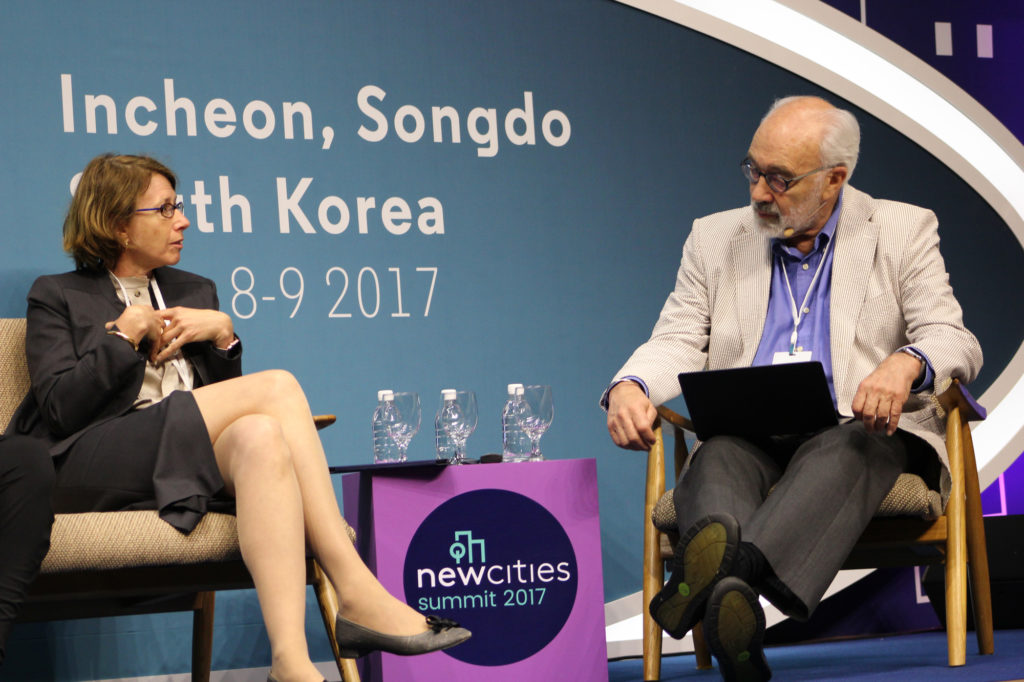
The setting of this global conversation was Songdo, South Korea – a success story in the world of new cities and the first greenfield city to host the NewCities Summit. As such, Rossant announced the creation of the Greenfield Cities Alliance, a global network comprised of 15 greenfield cities from around the world. This brings the Summit’s focus on interconnectivity to a global scale. The site of its introduction is fitting as Songdo examples the boundless potential of greenfield cities. Day one gave Summit participants the opportunity to see this potential through a selection of site visits including Songdo’s arts and culture scene, waterways, infrastructure, and building complexes.
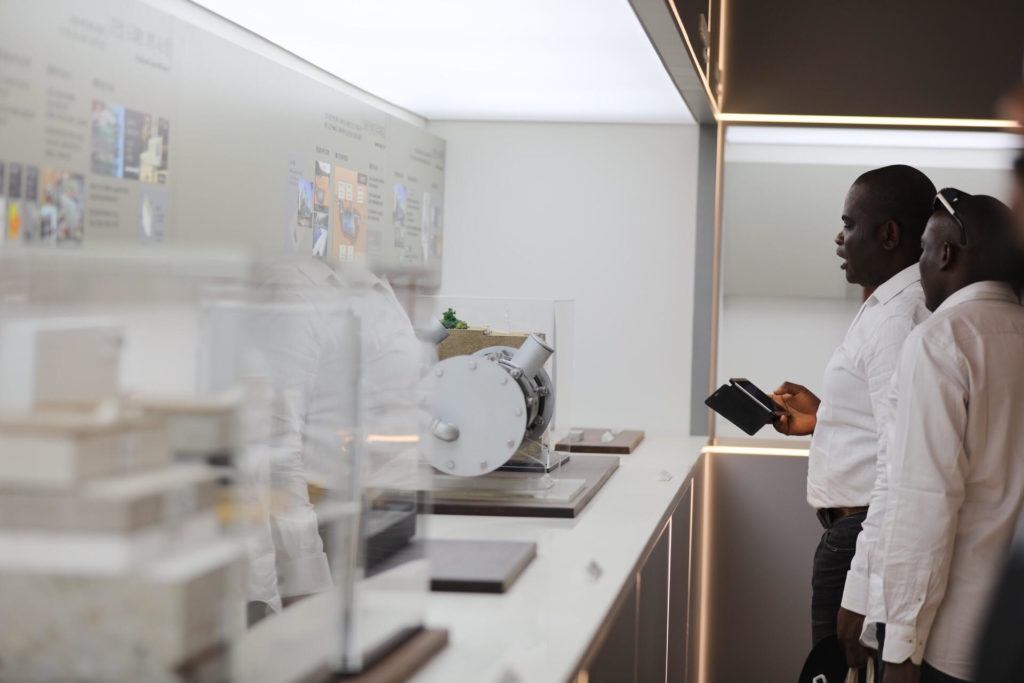
Chan-Kun Han, CEO of POSCO Engineering and Construction, one of the founding partners of the Songdo development, said that his most important challenge is “how to make people flow into this new city.” The second day of the 2017 NewCities Summit presented a people-centred discussion that faces this challenge head-on. Through global connection, discussion, and collaboration, we can create cities for people.
